In its recent pursuit of influence, Russia has formed strategic partnerships across Asia, Africa, and South America. While officials present an idealized image of Russian society, the reality for visitors, immigrants, and mixed-race people often includes widespread racism.
Roy Ibonga, 21, an African economics student living in Bryansk, had recorded an incident with a Yandex Taxi driver, who refused to provide service to the student solely based on race. According to the BBC, the driver can be heard saying:
"If I don't like a person, I won't give them a ride. It's my car".
When Roy asks him bluntly "Are you a racist?"
The driver replies, "Yes, of course."
This is one of many stories of immigrants, tourists, and mixed-race people across Russia, who experience racism anywhere from a cab ride, to eating at a cafe or renting an apartment. Though historically it can get much worse, and now the war in Ukraine has exacerbated Russia’s racism problem.
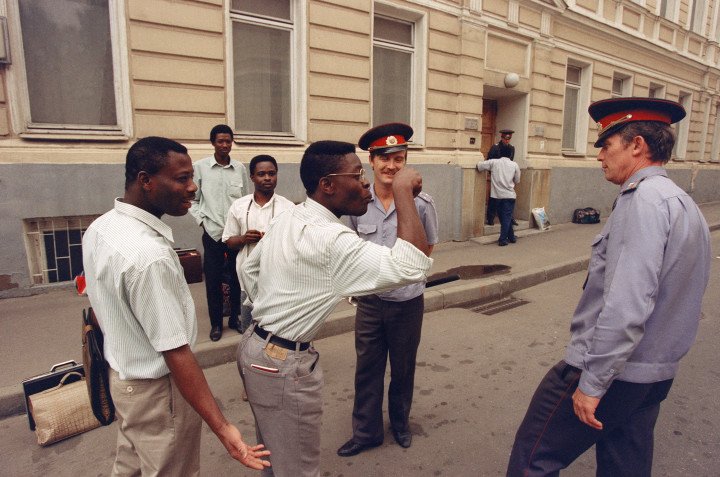
In Culture
The culture of racism developed in Russia a long time ago, it was present both in everyday jokes and was enshrined in mainstream cinema, for example in the film Brother 2, by Russian director Aleksei Balabanov.
It follows the success of the first Brother film in showing the social and structural decay of post-Soviet St. Petersburg, by sending the film's protagonist Danila to the sprawling, multicultural American city of Chicago in the sequel. There Brother 2 and Balabanov’s social commentary is shown in full effect.
The film’s portrayal of urban Chicago shows the Black community as a caricature of unwelcoming, violent, and unsophisticated people. Through its cultural commentary, the movie finds time to take jabs at Ukrainians and Americans. The Black community is specifically targeted in this film, and the film’s creator directly contrasts it with the superiority of the white Slavic Russian.
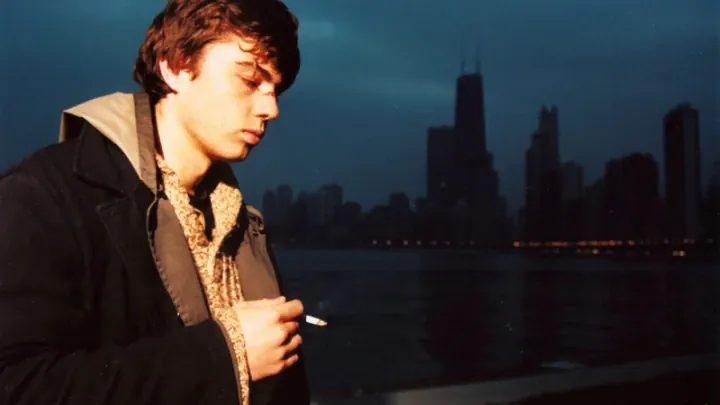
An encapsulating scene in the film is where Danila is confronted by a homeless Black man who advises him not to eat crawfish from the river. This interaction quickly escalates into a racially charged conflict, culminating in Danila firing a gun at the man's feet and uttering a deeply racist line.
Brother 2 was a window into America for many in Russia and had a profound cultural impact. Although it is not a single outlier in Russia’s racism problem, it is merely an honest visual representation of it. In reality, this kind of deeply embedded racism comes from a combination of a Soviet-Era ethnic hierarchy, post-Soviet nationalism, and a lack of positive representation for minorities.
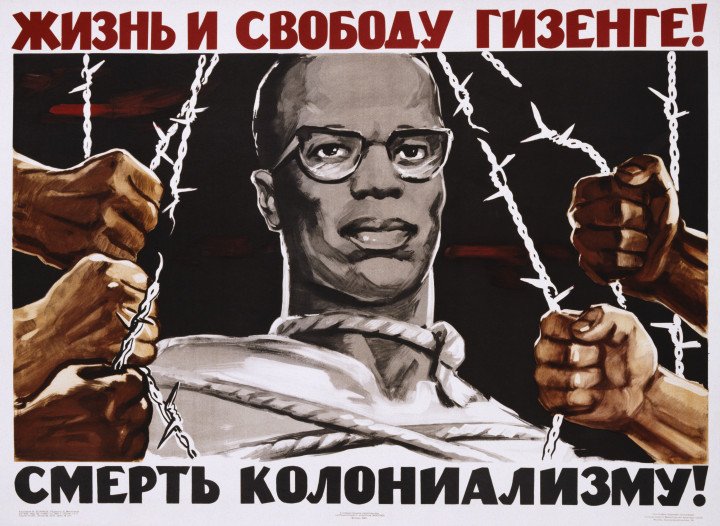
Period of Race Violence
Russia has the third largest immigrant population of any country in the world, estimated at over 12 million. The Soviet Union and its successor, the Russian Federation were a 20th-century colonial superpower, with more than 90 ethnic groups within its territory. In modern times, Russia was forced to increase immigration due to the country’s declining birth rate, and high death rate of ethnic Russians. Increased immigration led to a violent response by the Russian public, in ten years between 2004 and 2014, there were 557 racism-related murders and 3712 injuries.
Significant measures were taken to quell the racist violence that Amnesty International described as “out of control”. Russian authorities would try to take down entire gangs of skinheads and neo-nazi, whose cause a majority of the country supported or was indifferent
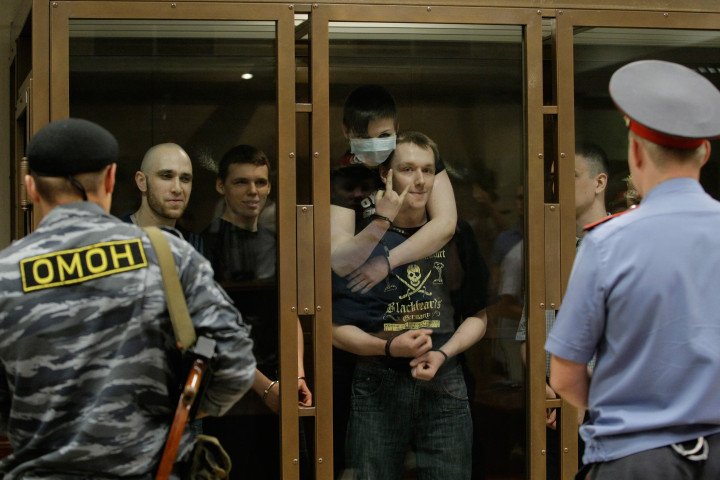
“Casual Racism"
By the start of the 2020s, racist violence had long passed its peak, and Moscow in particular became a multicultural megapolis. However, racist sentiment did not dissipate among the ethnic Russian population. A BBC investigation detailed the stories of immigrants and mixed-race people across the country, who experience “casual racism” anywhere from a cab ride, to eating at a cafe or renting an apartment.
The notion that Russian culture inherently promotes the superiority of the Russian Slavic race over others can be seen through works of celebrated Russian thinkers, like Alexander Dugin. He often writes about the importance of ethnic and cultural purity. More concerningly, Dugin’s theories are amplified through state media and his works influence foreign policy. Dugin has been one of the loudest voices justifying the invasion of Ukraine.
The Moscow Metro and its acute police presence are known to disproportionately discriminate against people from the North Caucasus and Central Asia. For example, Jurix and The Open Society Initiative report claims that people of non-Slavic appearance made up 4.6% of metro riders but 51% of people detained by police at metro exits.
In housing, minority groups often encounter barriers in renting or purchasing properties, facing overt discrimination from landlords and real estate agents. Isabel Kastilio, a mixed-race woman detailed her experience in the BBC report: "When landlords heard my name on the phone, even though I had a permit to live in Moscow, they didn't believe I could pay the rent. I had to arrange to meet them in person, so they could see I was a normal person with a normal job and wouldn't turn their apartment into a drug den.”
Employment discrimination is rampant as well, with ethnic minorities struggling to secure jobs due to biased hiring practices, and no real legal pathway to citizenship, resulting in a large number of undocumented people from Central Asia working in the abysmal condition of Russia's shadow economy. Currently, minority workers are targeted by raids aiming to recruit them to fight in the war in Ukraine forcibly.
The Russian Football Federation has become an international stage showcasing the culture of racism and its institutional tolerance, cultivated in Russia long ago. To date, there are hundreds of incidents involving Nazi chants and racial abuse during matches. Players of color are targeted, like football legend Roberto Carlos whom a crowd of people in St. Petersburg tried to intimidate with monkey chants, and even threw a banana onto the pitch. This was seen as a highlight in the football hooligan scene.
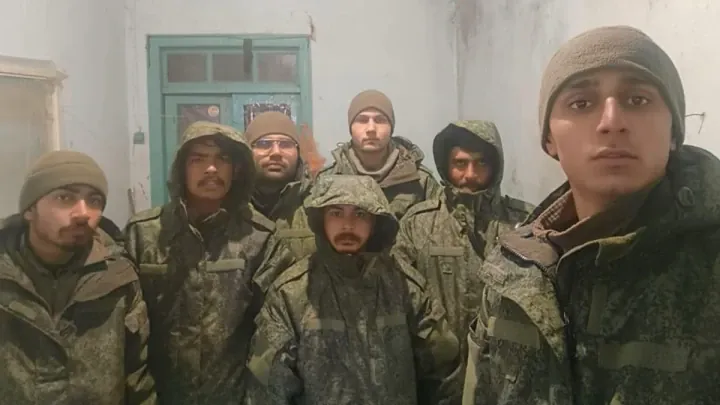
Exasterbated by war
The war in Ukraine had destabilized any of the progress Russia may have made because when it came to sending people off to war, those ethnic minorities were disproportionately targeted again. Government propaganda has increasingly blamed internal problems on migrants, intensifying xenophobic sentiments. Ethnic minorities, often marginalized in Russian society, are a disproportionately targeted group.
Due to a lack of work opportunities for minorities and indigenous people in Russia’s eastern regions, young men in these groups are more likely to seek employment in the armed forces than their ethnic Russian counterparts. Russian minorities and indigenous people are also killed at higher rates than they represent their demographics in census data. In a Molfar OSINT report, people from Buryatia, Dagestan, and Chechnya take the highest casualties.
Minority and Indigenous activists have long claimed that Russia is trying to appease its middle class and elites, by targeting minority groups with military service over white ethnic Russians. The former are taken on the most dangerous missions in Ukraine. Now the Russian army is expanding its recruitment to North Korea, India, Syria, and the African continent.
While recruiting soldiers from disadvantaged areas, Russia simultaneously advertises itself as a "global sheriff" against imperialism, somewhat mirroring the role of the United States in global trade. However, a closer look—or the unfortunate experience of signing a military contract—reveals a starkly different reality: Russia's military often exploits the same imperialistic vulnerabilities it claims to oppose, erasing its citizens and contributing to global instability.

-a0308282572d503be2b4d587d1796b6d.jpg)
-c42261175cd1ec4a358bec039722d44f.jpg)
-46f6afa2f66d31ff3df8ea1a8f5524ec.jpg)
-6359eca46c72bde40a90abaaadd6eaa8.png)
-29a1a43aba23f9bb779a1ac8b98d2121.jpeg)


-206008aed5f329e86c52788e3e423f23.jpg)